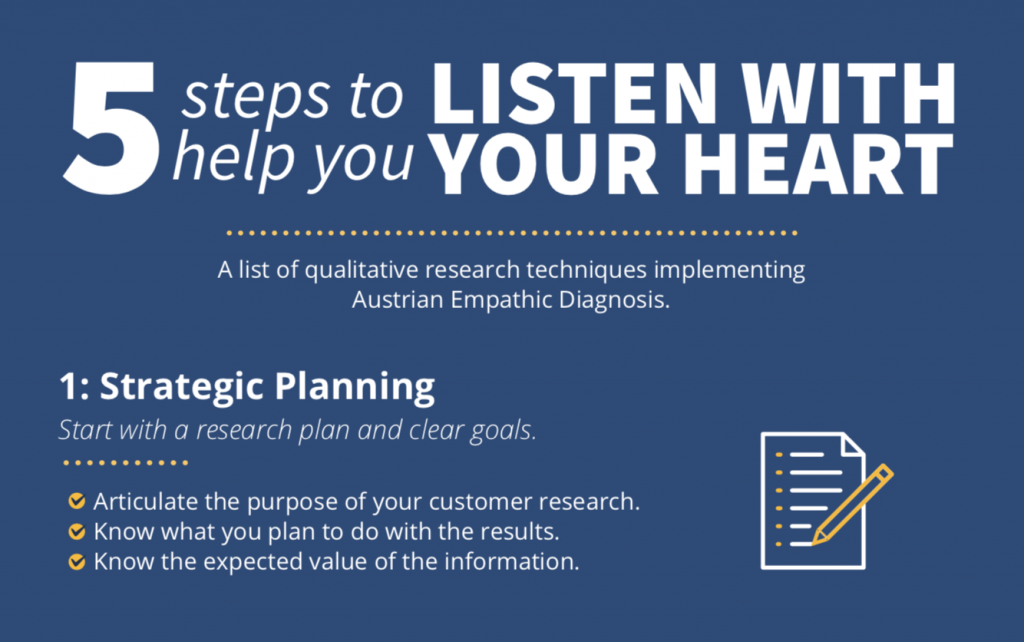Six Superior Characteristics Of The Entrepreneurial Society.
We live in a political society. Politicians and the bureaucrats whom they enable hold all the power. Most people despise them.
Why? Because of their role. They exist to argue over the division of the economic pie that others produce. Politicians despise production and elevate themselves over producers. The fact that they behave badly in the performance of their role merely exacerbates the disdain in which they are held; it is not the primary cause.
The producer role is played by entrepreneurs. That’s the economic term for those who monitor what politicians call (but never truly examine) the will of the people: what people want, what they need, what they prefer, how they feel, what pleases them, and what disappoints them. Entrepreneurs gather this information by listening. They process it through their empathy – the skill of imagining what it’s like to feel what others feel – and decide whether there is a business’s opportunity there. That depends on many variables – the intensity of the need, its durability (how long will it last if unfulfilled), the viability of assembling resources and a business plan to produce a good or a service to meet the need, the likelihood of people buying the solution from one entrepreneur versus another.
Collaboration.
There are important human values at work here. There’s collaboration. People need entrepreneurs to find new ways to solve their problems or meet their needs. Entrepreneurs need customers to channel the market rewards they seek to keep their production going. This symbiosis is the essence of the market system, raising everyone’s boat through the collaboration of buying and selling.
Shared emotion.
There’s the animating emotion of wanting. Human beings act in a conscious way to improve their circumstances. They want something better than what they experience in the present. This is the energy that drives civilization all progress. Consumers want need fulfillment. Entrepreneurs want to feel the fulfillment of acting as the solution source. This is how mutual wants come into alignment in society.
Listening.
There is listening. There is none of that in politics of course. Yet it’s the core informational input into the entrepreneurial process. The first question in that process is, “What do I know?” Entrepreneurs need continuously updated information about the market, about trends, about preferences, about available options, about pricing, about competitors, and about a thousand other things. They get it through listening. It’s a humble mindset – not dictating or declaring or asserting, not jumping to conclusions, not arguing or contradicting, not wishful thinking, just listening.
Empathy.
And there is the core entrepreneurial skill of empathy. How can we understand what others feel they need to make their lives better? We all have consciousness but we are not gifted with experiencing the consciousness of others. To be an entrepreneur, it’s necessary to overcome that cognitive barrier. How? It’s a mental modeling process. Entrepreneurs build a mental model of how others – customers – think and feel. It’s not their own mental model, so humility again comes into play – the humility of trying to understand and appreciate another’s point of view. It’s a kind of self-sacrifice – sacrificing one’s own ego in order to feel the way another person feels.
Sacrifice.
In fact, sacrifice is fundamental to successful entrepreneurship. It takes mental sacrifice to understand others’ needs. Then it requires the sacrifice of time and resources in production to design, assemble and produce the goods and services which will become the value proposition to the customer. To serve others with economic offers and innovation is an ethic of devoting one’s present to the future satisfaction of customers. It’s for this sacrifice, when successful in the eyes of the customer, that the entrepreneur is rewarded.
Value.
The result is an ever-increasing pool of value. In entrepreneurial economics, value is the customer experience that transpires when the offer made by the entrepreneur is successful in making the customer feel better. Value is a feeling, a good feeling. Entrepreneurs aim to generate value – only the customer can actually create it via their own experience. The more value the entrepreneur generates, the better the customer experience and the greater the ultimate reward to the entrepreneur. The mutuality is self-reinforcing. The whole society is raised up.
A Better Society.
Imagine what society would be like if it were entrepreneurial and not political. It would be characterized by the values of collaboration, emotional sharing, listening, empathy and sacrifice. It would be productive, because entrepreneurs always figure out how to generate more value with less input and fewer resources. It would be about a growing pie for all rather than a political fight over the division and redistribution of the pie. The entrepreneurial society would be much superior to the political society. Let’s work to create it.
